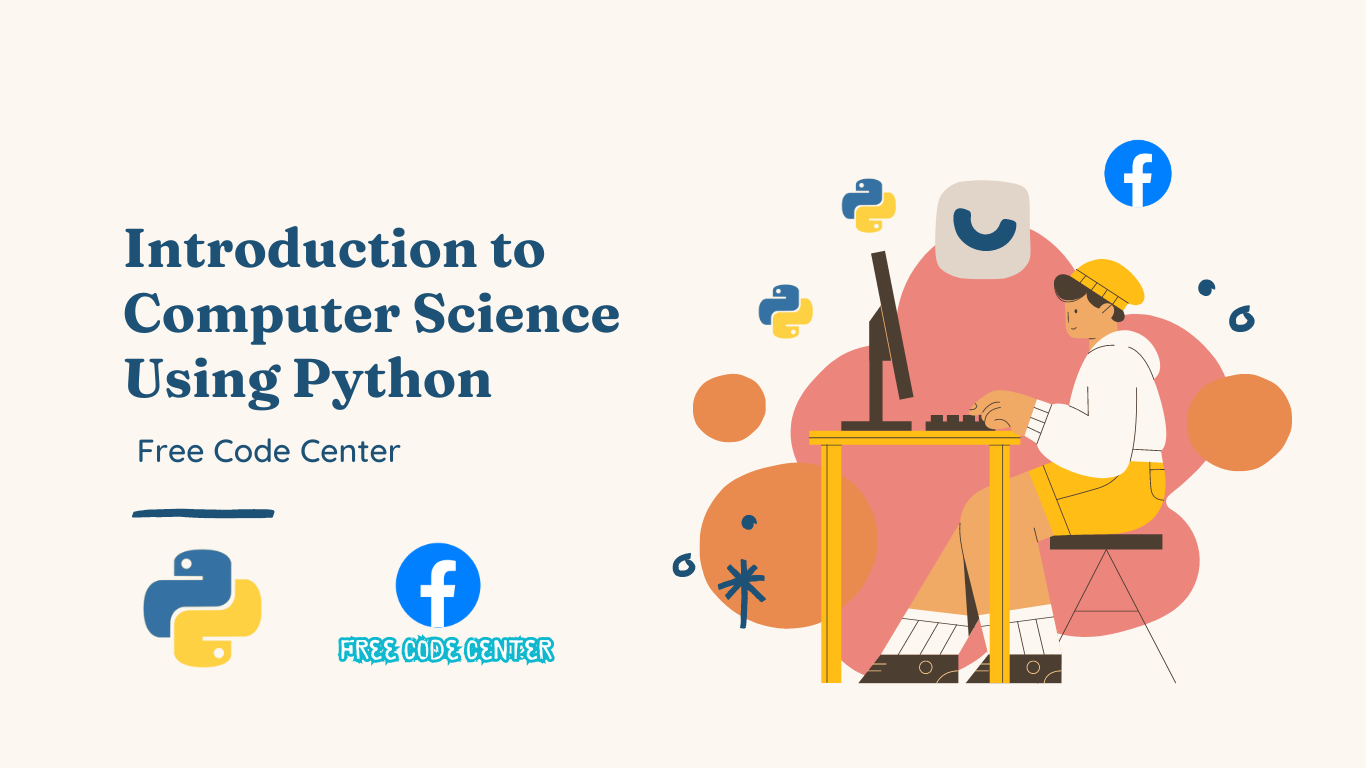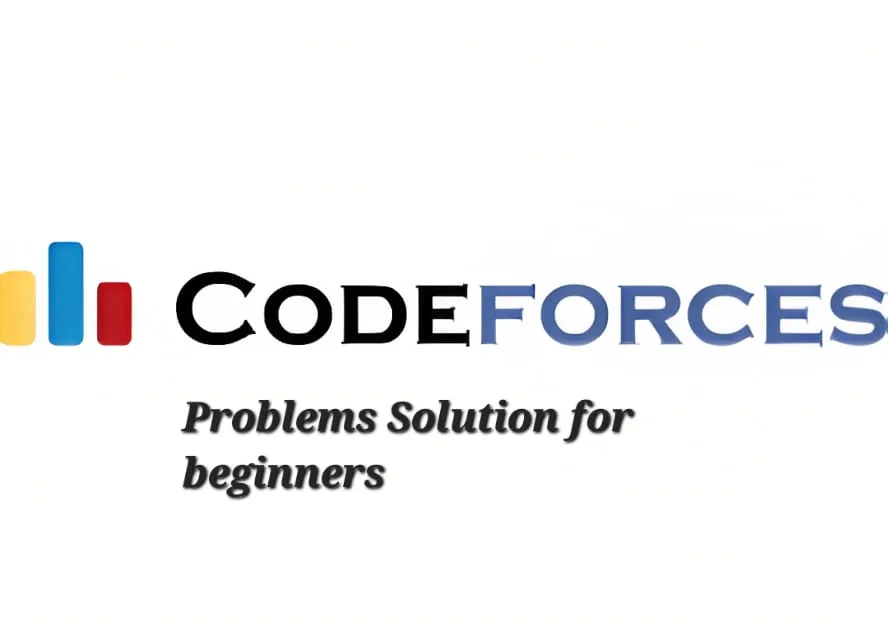Introduction to Computer Science Using Python || Introduction to Computer Science and Programming using python || Introduction to Computer Science and Programming Using Python book
Introduction to Computer Science Using Python
Understanding Computer Science and Its Importance
Computer science is the theory, experimentation, and engineering that form the basis for computer technology. It studies the development of both theoretical and practical skills related to computer operations, programming, and systems design. Python, the high-level programming language which is both versatile and user friendly has over time become one of most tools deeply seated in this domain. This makes Python a favorite choice of academia, research as well as industry because it is easy to read and write code with a lot of libraries(both open source and proprietary) in Python-friendly environments. Introduction to Computer Science Using Python
This article examines how Python is one of the less complicated ways people learn, practice, and organize themselves in a Community to solve complex problems using comp sci fundamentals through Data Analysis & large-scale Software development.
How Python Works in Computer Science Education
Python has established itself as one of the cornerstones for teaching computer science in universities worldwide. It has a simple and clear syntax which makes it an excellent choice for novice developers as they can start learning fundamental concepts without dealing with the complex syntactic rules required in other programming languages.
Advantages of Python
- Readability: The Python syntax is easy to read, and when I say this of course means that the language per se has an easier readability than many other programming languages.
- Versatility: It finds application in almost all the fields such as web development, data science, machine learning artificial intelligence, etc.
- Comprehensive Libraries: Python provides libraries like NumPy, Pandas, and Matplotlib which reduce the complexity of tasks such as data manipulation, analysis, and visualization.
- Large Community Support: The active community of Python contributes continuously to improve it; hence, you can find new resources and libraries very quickly.
Learn basic computer science concepts using Python
Variables and Data Types
Variables are used to store data in Python and no declaration is required for variables, they can be digitally decided by the parser. Data type is a class of data that tells about the operations on the values and variables, and all semantic rules we use to define our names in programming. etc…In python, it supports several number types like int (signed integers), float(real numbers) long(signing large range ) so these are called as scalarsPython has five standard Data Types:
Introduction to Computer Science Using Python
Example in Python:
# Assigning variables
x = 5 # Integer
y = 3.14 # Float
name = "John" # String
is_active = True # BooleanControl Structures: Conditionals and Loops
Python’s control structures allow for the creation of agile and efficient programs. Programmers manage flow control, based on logical decisions or iterative processes, through conditionals (if-else statements) and loops (for & while loops).
Example of an if statement:
age = 18
if age >= 18:
print("Eligible to vote")
else:
print("Not eligible to vote")Example of a for loop:
# Loop through a list of numbers
numbers = [1, 2, 3, 4, 5]
for number in numbers:
print(number)Functions and Modular Programming >> Computer Science Using Python
In Python, we can create functions using the def keyword.
Example of a Python function:
# Define a function to calculate the square of a number
def square(num):
return num * num
print(square(4)) # Output: 16Object-Oriented Programming (OOP) in Python || Introduction to Computer Science Using Python
As an object-oriented programming language, Python has notion of “objects” which may represent entities in the real world.
Example of a class in Python:
class Person:
def __init__(self, name, age):
self.name = name
self.age = age
def greet(self):
print(f"Hello, my name is {self.name} and I am {self.age} years old")
person1 = Person("Alice", 30)
person1.greet()Data Structures: Lists, Tuples, and Dictionaries
Python has very flexible data structures so that we can store and process the information in an effective way. The most frequently used data structures in Python are lists, tuples and dictionaries.
- Lists: Mutable sequences used to store multiple items.
- Tuples: Immutable sequences for storing a fixed collection of elements.
- Dictionaries: Key-value pairs that allow for fast retrieval of data.
Example of data structures:
# List
fruits = ["apple", "banana", "cherry"]
# Tuple
coordinates = (10.0, 20.0)
# Dictionary
person = {"name": "John", "age": 25}Data Analysis and Visualization using Python
Advanced Data Analysis and Visualization: Python has a large pool of libraries that helps to perform data analysis to an advanced level along with visualization. Pandas: Pandas provides easy-to-use data structures and files to store, and manipulate the data in tabular format Matplotlib-Pyplot: Pyplot is commonly used for plotting graphs)paren
Using Pandas for Data Manipulation
Pandas have a big range of data structures such as the DataFrame that make it efficient to analyze and process huge datasets. Dataset specifies data cleaning, transformation, and aggregation tasks in a declarative model.
import pandas as pd
# Create a DataFrame
data = {'Name': ['John', 'Anna', 'Peter'], 'Age': [28, 24, 35]}
df = pd.DataFrame(data)
# Accessing data
print(df['Name'])Visualizing Data with Matplotlib
Matplotlib enables users to create visual representations of data. These visualizations aid in understanding patterns and trends in the dataset.
import matplotlib.pyplot as plt
# Sample data
years = [2015, 2016, 2017, 2018, 2019]
sales = [10, 20, 30, 40, 50]
# Create a line plot
plt.plot(years, sales)
plt.xlabel('Years')
plt.ylabel('Sales')
plt.title('Sales Growth Over Years')
plt.show()Challenges and Best Practices for Learning Python
Common Learning Challenges
- Unlike many novice programmers who struggle with debugging their code. Recognizing error messages and using Python debugging tools will let you fix your errors faster.
- Advanced Algorithms: Using complex algorithms can be overwhelming for first-timers, but exercising step-by-step problem-solving techniques will mitigate some of these issues.
- Understanding memory management: Python does many of the low-level stuff like C behind the scenes, Knowing which goes where can help us minimize code and hence be more efficient.
Python Programming Best Practices
- Write Readable Code: Keep your code clean and with appropriate comments and naming conventions.
- Regularly Test: Utilize the built-in unit test or external libraries like pytest in Python to write tests and test your code frequently.
- Version Control: Git is essential for code change control, and has a powerful feature set that allows you to work on your projects with others.
Diagram: Control Flow in Python Programs Graph
graph TD
Start -->|Input| Decision["Is condition True?"]
Decision -->|Yes| Process["Execute code block"]
Decision -->|No| End["Skip code block"]
Process --> EndConclusion
Because of its simplicity and versatility, Python has become one language that can be used by both beginners as well professionals in the computer science domain. When an individual learns Python, he acquires skills for programming as well as strengthens his critical thinking abilities and problem-solving aspects which are important to deal with challenging computational problems. If you are working in Computer sciences and beyond, Python is still a first choice for many applications from data analysis, and web development to machine learning.





